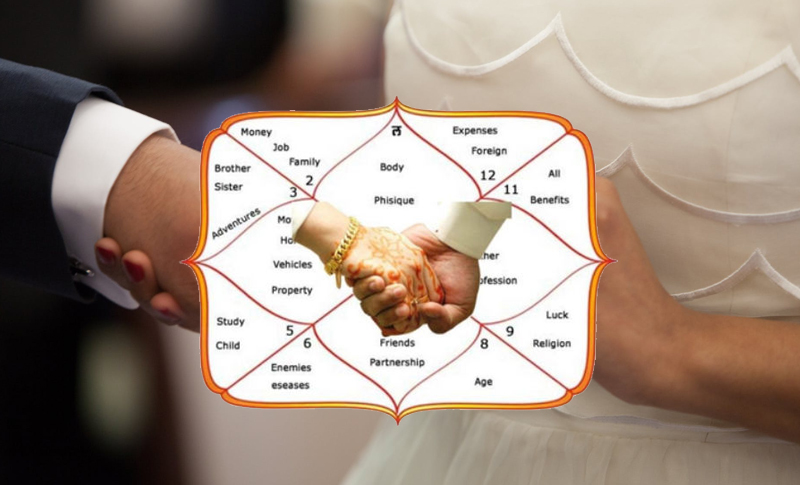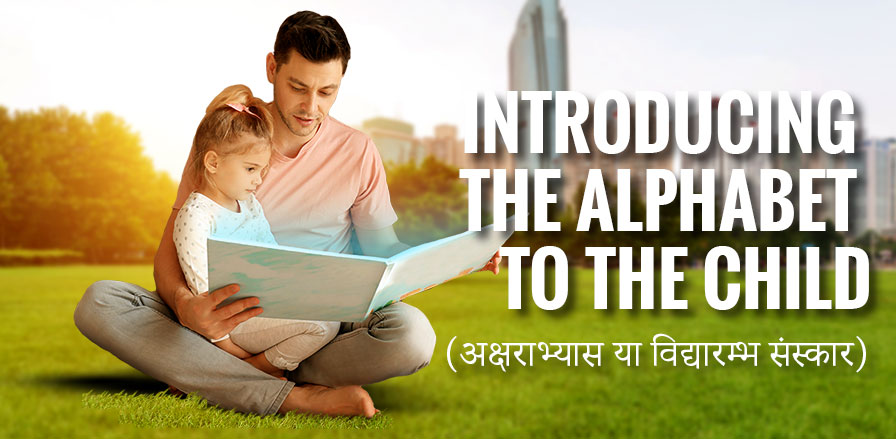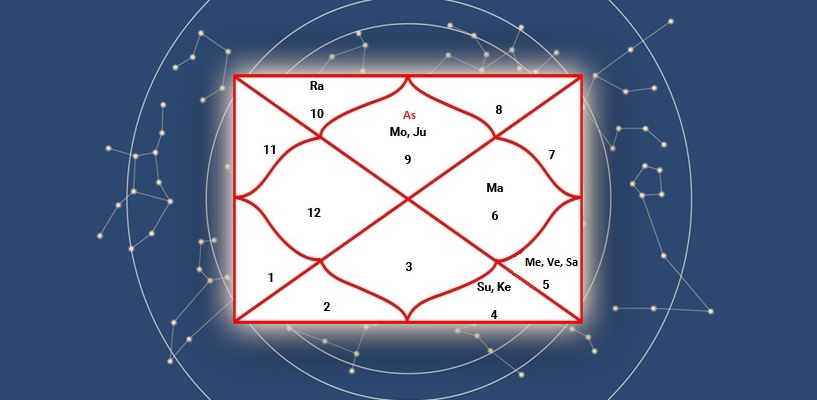First Outing of the Baby (Nishkramana Samskara)
After the child’s birth, this ritual marks the first time when baby & mother are taken out of the house with the aim to introduce the child to nature & various sounds. This is usually performed around the 4th month after birth. Read the article to learn about auspicious time to conduct it, method to be followed, science behind this ritual, etc.
This is the sixth ritual or samskara in the Hindu culture and is performed around the fourth month for a new-born child. The aim of this ritual is to seek blessings for the safety and good health of the baby, who would be going out and facing the external forces for the first time. Nowadays, however, there are various doctor’s appointments for the baby in the initial days itself. But try not to step out too much with the baby in the first 40 days, particularly. This is even recommended in the Hindu culture as the initial confinement period is beneficial for both mother and the newborn baby.
This forecast is based on Moon Sign. If you are not aware of your Moon Sign, find out instantly for free by filling the data below:
What is the significance of this ritual?
This ritual helps to develop a strong bond between mother and the baby. It makes the baby face the five elements of nature and exposes it to sunlight. The five elements are - earth (Prithvi), water (Jal), fire (Agni), air (Vayu), and sky (Akasha). You can chant Sun (Surya) mantra (sacred verses) while going out in the day with the child and Moon mantra during the night. Sun governs life force and Moon governs emotions. The ritual also generates respect for these deities and the five elements of nature, also known as ‘Pancha Bhoota’. You can then take the child to a temple for blessings. When one is less connected with the five elements, one faces adversities. This ritual helps increase the longevity of the child and facilitates a healthy life.
Why is the baby exposed to the Sun, Moon and Gods in this ritual?
- Offering prayers to the Sun bestows good health to the child as Sun is the vital force of our body.
- Moon controls our emotions and mind, offering prayers to the Moon bestows sound mental health.
- This exposure generates a feeling of respect and gratitude towards nature.
- Acquaints the child with the natural forces of Sun and Moon and social responses are inculcated in the child through an exposure to the Gods, which is very essential for the child’s future social life.
- Initiates curiosity in the child to explore different things.
- The blessings of deities and priests are sought to bestow the child with a long life, intelligence and good health.
Vedic procedure to perform this ritual
When the child turns four months old, they are taken to the temple to promote the child’s reflexes.
- Dress the child in comfortable, clean and attractive clothes to greet the new surroundings.
- Make the child comfortable by administering proper feed before going out, to avoid crankiness.
- Offer prayers in the temple seeking blessings for the child.
- When the child is taken out, they are introduced to a new environment with various colours and sounds (ringing of bells and recitation of mantras in the temple). It is an opportunity to assess their responses to these new sounds and colours.
- Also, when the child is exposed to the idols of Gods and strangers at the temple, it is an opportunity to assess how they interact socially in the form of a smile or laugh or the sound they emit.
Lost Procedures of Nishkramana Samskara
Master Vagbhata
The procedure is conducted in the 4th month. The child is decorated and comfortably dressed, prayers are offered to the Gods and the child is brought out of the ward. One should carry the Fire God (fire) and Skanda God (idol) and walk ahead of the child. The father should lift the child and go inside the temple, offering prayers for their well-being.
Master Kashyapa
In the 4th month, the child should be properly dressed up for the ceremony. You can dress the child traditionally or can make it wear any comfortable cloth. The baby should not be cranky so give proper feed and let it rest before going out. The child should be accompanied by the mother and the wet nurse or some other woman from the family. They should carry white mustard, honey and ghee and lead the way. In the temple, where they take the child, the sacred fire should be worshiped with ghee and mustard that they have carried. Different prayers can be offered to Lord Vishnu, Skanda, Matrikas (group of mother goddesses) and the clan deities using fragrances, flowers, fumigants and garlands, and many kinds of sweets can be offered as prashad. The mother and the women of the family along with the child should worship the priests, elders and teachers and thank them for making this ceremony a fruitful one.
The child is then brought back home and the mother or any woman form the family should sanctify the child by uttering sacred words that have the following meaning, ‘Oh child, being protected by the gods, blessed and sanctified by the brahmanas and being praised by the teachers and elders, live for hundred years!’
Yama Smriti
Yama Smriti is a sacred text and it says that the ceremony should be performed in the 3rd month after a child’s birth. The child should be made to see the Sun. In the 4th month, the child should be made to see the Moon. A square is marked in the courtyard of the house. The marked area is spread with cow dung (because of its spiritual significance) and clay. The child’s mother should spread grains of rice over the plaster. The wet nurse would bring the child out into the courtyard and hand it over to the father. The father should take the child in his arms and make it look at the sun, from the marked area. While doing this ritual, the sounds of the conch shell and chanting of Vedic mantras should be heard by the baby and sacred symbols should be shown to it.
Milestones assessed during this ritual
- Holding up the neck
- Response to sound
- Head control
- Bidextrous reach
- Able to laugh out loud
- Social smile
- Recognizing the mother
- Disappearance of stepping, rooting and galant reflexes indicating the absence of disorders related to the central nervous system.
What is the science behind this ritual?
- It gives an opportunity to assess the developmental milestones of the child - motor control, response of sense organs, head control, and muscle coordination.
- Ringing the temple bells and chanting of mantras help check the child’s response to sound, like cooing with pleasure.
- Looking at the Gods or strangers at the site gives the child the sense of social contact by a smile, laugh or any other sound.
- Pupillary reaction of the child can be checked when it sights the Sun and Moon.
- It is an opportunity to check that stepping, rooting and galant reflexes have disappeared, indicating the absence of disorders related to the central nervous system.
- Exposing to the sunlight in the morning accelerates the synthesis of Vitamin D which is good for the child’s bone development and growth.
- Exposure to Moon in the night helps release good hormones like serotonin.
Indastro top 10 Products
Translate











 Can a Manglik marry a non-Manglik?
Can a Manglik marry a non-Manglik?
 Introducing the Alphabet to the Child (Aksharabhyasa or Vidyarambha Samskara)
Introducing the Alphabet to the Child (Aksharabhyasa or Vidyarambha Samskara)
 How Eclipses inflluence your natal planets
How Eclipses inflluence your natal planets
 Why do Predictions Go Wrong In spite of Correct Birth Chart
Why do Predictions Go Wrong In spite of Correct Birth Chart
 Career In Astrology
Career In Astrology
